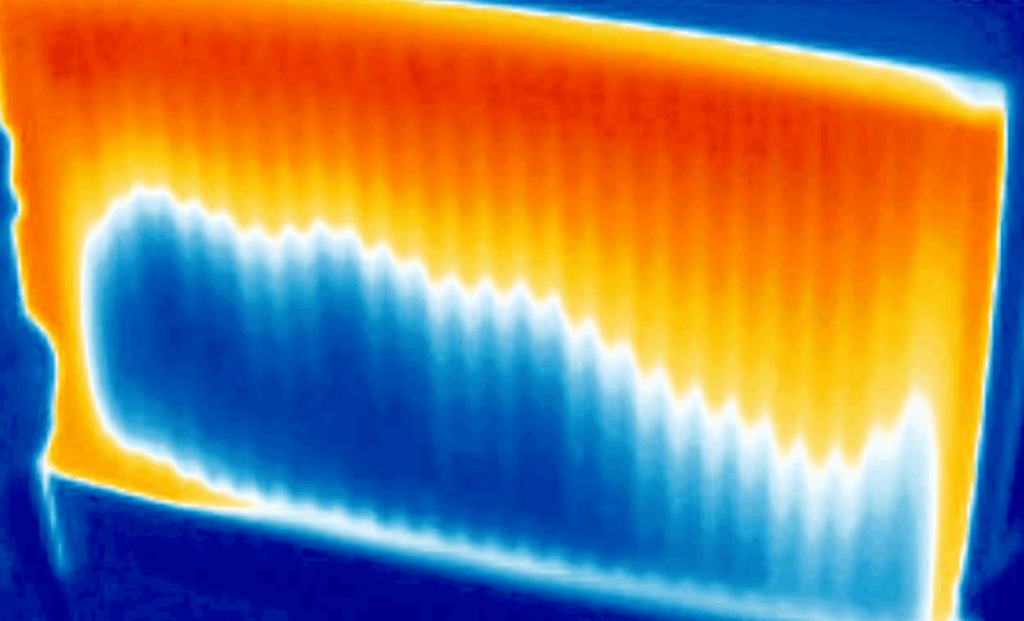It is no secret that Heating, Ventilation, and Air Conditioning (HVAC) systems play a huge role in ensuring that your home is conducive to living comfortably. The system ensures that the air quality is excellent at all times.
From facilitating sufficient ventilation to filtering the air to ensuring that the temperatures are comfortable, it is indisputable that the systems do a commendable job. No wonder people are willing to spend their hard-earned money on radiators.
It is one way of heating your living space, especially during cold seasons. Unfortunately, it is useless if it isn’t functioning as expected.
A common issue is the radiators being cold at the bottom. That’s enough to make your home remain cold despite purchasing one.
It is tempting to turn up your thermostat since it does the trick. It comes at a price despite increasing the temperature since it translates to high energy bills.
So, why are my new radiators cold at the bottom? Read on to figure out the causes and any possible solution.
Why is your new radiator cold at the bottom?
The first step in solving a problem in the first place is to identify the cause. Besides, it is always advisable to address the root cause since it is a better approach for obvious reasons.
The main cause of a radiator being cold at the bottom is sludge. That’s because of materials commonly used materials when making radiators, iron or steel.
As water passes over the material, iron compounds may be formed. The most common compounds are various forms of iron oxide, such as haematite and magnetite.
Alternatively, the water may also have limescale and other impurities, thus accumulating grime. As soon as the accumulation occurs, the buildup rate and the material increase rapidly.
As the sludge grows bigger, it blocks water flow within the area. Hot water barely reaches the bottom of your radiator hence the coldness.
In other instances, the radiator is okay, but the boiler has issues. It could be the pipework or filter, enough to make the radiator cold at the bottom. Other problems revolve around the boiler’s capability to retain heat, hard water, and chemical damage.
How to Prevent Your New Radiator from Getting Cold at the Bottom
What’s the need to wait for a problem to occur and then solve it when you could avoid it from happening in the first place? It is advisable to consider a preventive approach to counteract sludge, a common eventuality.
Use Corrosion Inhibitors
Introduce a corrosion inhibitor if your radiator is made of iron or steel. No iron compound will form under such circumstances.
Avoid Non-steel Radiators
Alternatively, ensure that the system doesn’t have steel. It prevents the formation of iron oxide sludge; an excellent material is an aluminum.
It explains why the popularity of aluminum radiators is increasing. No one wants to deal with a cold radiator at the bottom, and this material avoids such as outcome.
Introduce a Boiler Filter
Since debris and dirt usually lead to the buildup that causes radiators to be cold at the bottom, you should deal with them to avoid such an outcome. A boiler filter can handle that excellently.
Its strong magnet helps it attach to the boiler’s pipework excellently. Once attached, it will attract debris and dirt and avoid any accumulation.
How to Fix a New Radiator That’s Cold at the Bottom
If you didn’t practice a preventive measure, all is not lost. You can deal with existing sludge in the following ways;
Powerflush
One must admit that this method is quite robust. It uses high-powered machinery that pushes pressurized water through the radiator, boiler, and the rest of the system’s components.
In the process, it clears any content that’s preventing efficient flow. It doesn’t spare any sludge.
Hot/ Chemical Flush
As the name suggests, this method uses harsh chemicals and hot water. The mixture passes through the radiator and the boiler’s pipework.
In the process, it will break down anything blocking the pathways, including limescale. That’s enough to handle the coldness at the bottom of your radiator.
Solving the Boiler Problems
You must repair or replace the boiler, depending on how bad the damage is. It is usually harder and more expensive to solve the boiler problems than its radiator counterpart.
Seeking Professional Assistance
Sometimes if not all the time, one needs technical knowledge to fix the problem with your radiator. That’s why the solutions may not work if you do it yourself.
It is advisable to consult a professional. Take advantage of the tools and experience such people have to fix this annoying problem.
Remember that only gas-safe and registered engineers should handle boilers. The danger they pose when handled incorrectly and huge.
Conclusion
If your new radiator is cold at the bottom, you must fix it immediately. Failure to do so can jeopardize the heating system or increase your electricity bill.
It is important to identify the problem before trying to solve it. Otherwise, the cause of action won’t work.
If you don’t handle the problem, it would be best to seek professional assistance. The sooner you solve the problem, the better, since waiting too long can worsen the bad situation.

